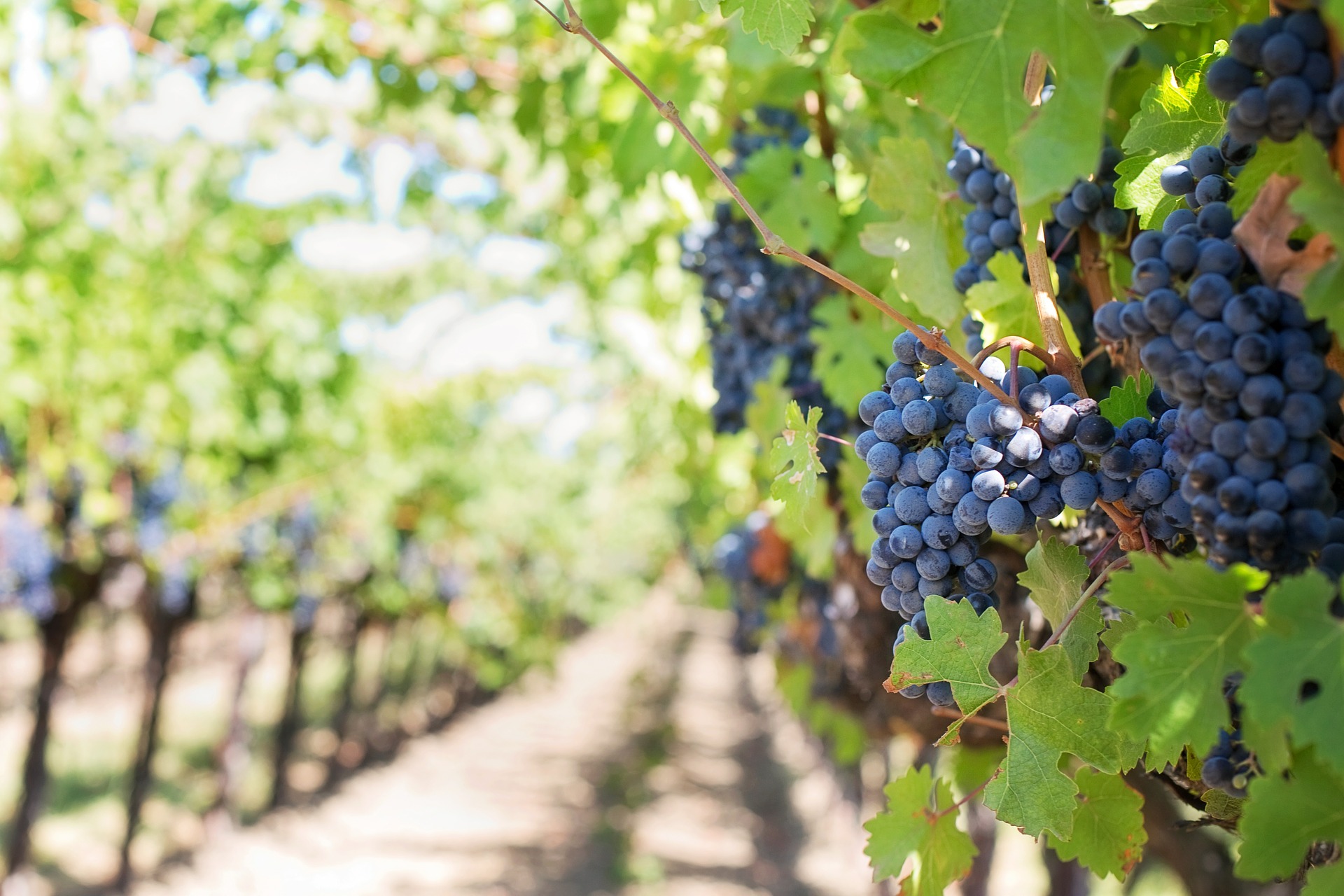California has a long history of producing wine. Today’s thriving industry dates back to the state’s founding. If you’re planning a trip to the California wine country, bring a copy of one of our California wine maps.
From Missionaries to the Gold Rush
Grapes were one of the first crops planted when Spanish Franciscan Missionaries settled the first mission in California in 1769. Father Junipero Serra sent for seeds to be planted at the Mission San Diego de Alcala. As the vineyards grew, a new variety of grape was created known as the Mission Grape. It remained prominent in the region until the 1880s.
When the Gold Rush began in California in 1848, it brought an influx of people to Northern California. This moved the center of wine production and consumption from Southern California to Northern California. Seeds were planted in many new areas including modern day Napa and Sonoma counties. With winemaking a popular industry across the entire state, California Wine began to receive international acclaim. It was even exported as far as Asia and Australia.
Prohibition and the Judgement at Paris
In 1919, California’s wine industry took a devastating blow. The ratification of the 18th amendment banned the sale of alcohol. It was not technically illegal, however, to own or drink wine. Each home could make up to 200 gallons a year for personal use. This legal loophole created an increased demand for grapes that helped keep some wineries in business. The vineyards of grapes that had been cultivated for generations to create fine wine had all been torn down in order to grown cheaper, sturdier grapes that could survive transport. A select few wineries were also still able to make wine strictly for sacramental use.
When prohibition was repealed in 1933, the once thriving California wine industry barely existed. It would take years of winemaking to restore the area’s reputation, but a group from Northern California stayed committed. Even after they began making quality wine again, it was hard to get the world’s attention. Their big break occurred in Paris on May 24, 1976. A judging panel consisting of expert French wine tasters ranked California wines as best in a blind test against in the two most competitive categories (red and chardonnay). Time Magazine reported their surprising victory and demand for California wine took off again.
California Wine Today
Today the California wine industry is prosperous and continuing to grow. California produces more wine than any other state and is the fourth largest producer world-wide compared to other countries. California is home to over 2,600 wineries and over 527,000 acres of land is dedicated to growing grapes. While Napa and Sonoma are the most well known, California actually has 107 recognized American Viticultural Areas.
The wine industry has also brought an increase in tourism. Nearly 20.7 million people visit one of the state’s wine regions everywhere. Only Disneyland outranked visiting the wine country as a the most popular tourist attraction. Most wineries now offer tours, wine classes, or seminars, and more are beginning to offer more attractions. Some wineries have art galleries, displays, fine dining, and even theater performances on their property so even those who don’t consider themselves wine enthusiasts will thoroughly enjoy their trip.
If you’re traveling to the United States, bring a copy of one of our best-selling maps: California Wine Map, Napa Sonoma Wine Map, Santa Barbara, San Luis Obispo, Paso Robles Wineries Map, California Road Map, Arizona Road Map, Route 66 Map, Grand Canyon Topographical Map, and Southern California Coast Map.
